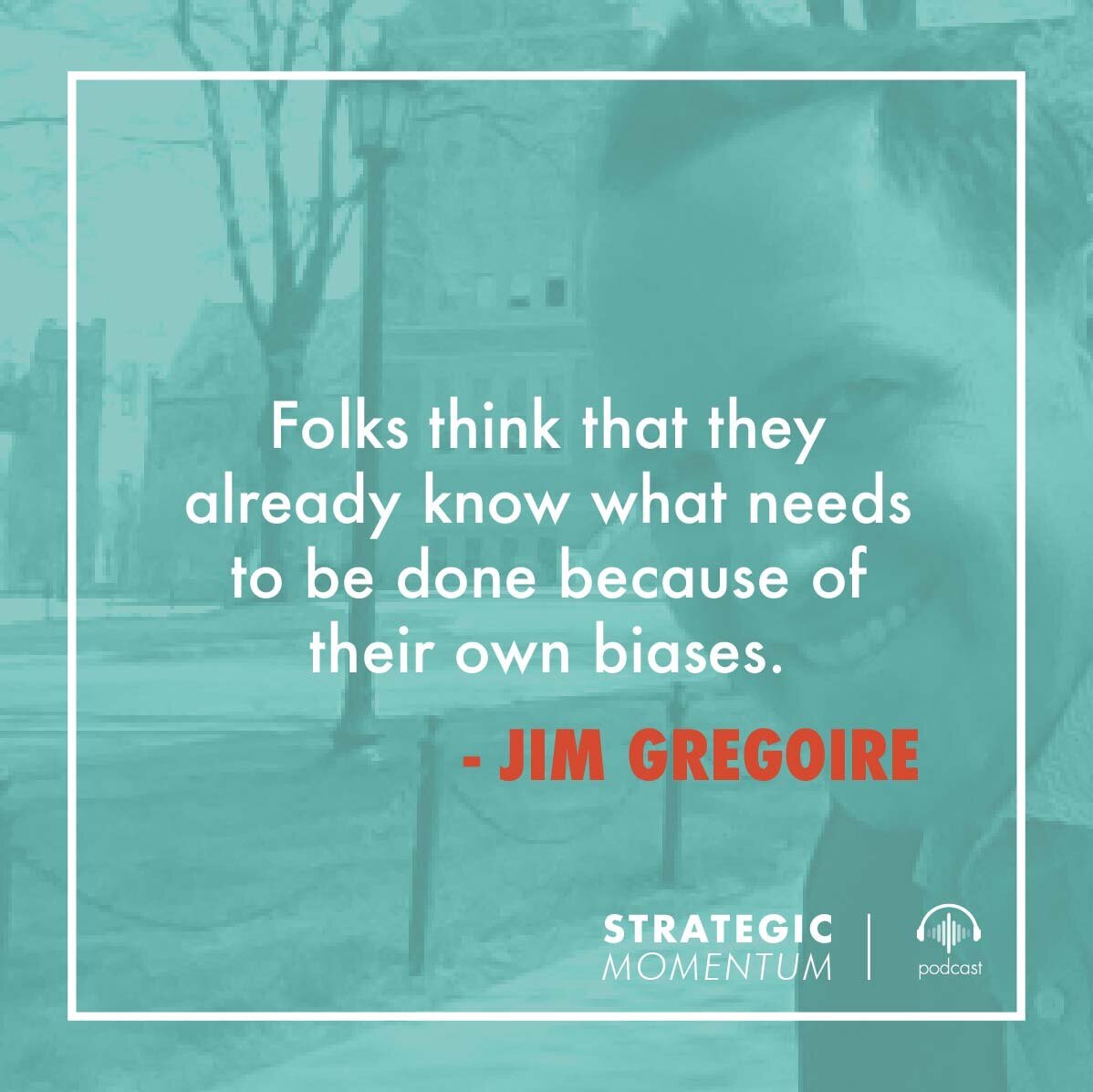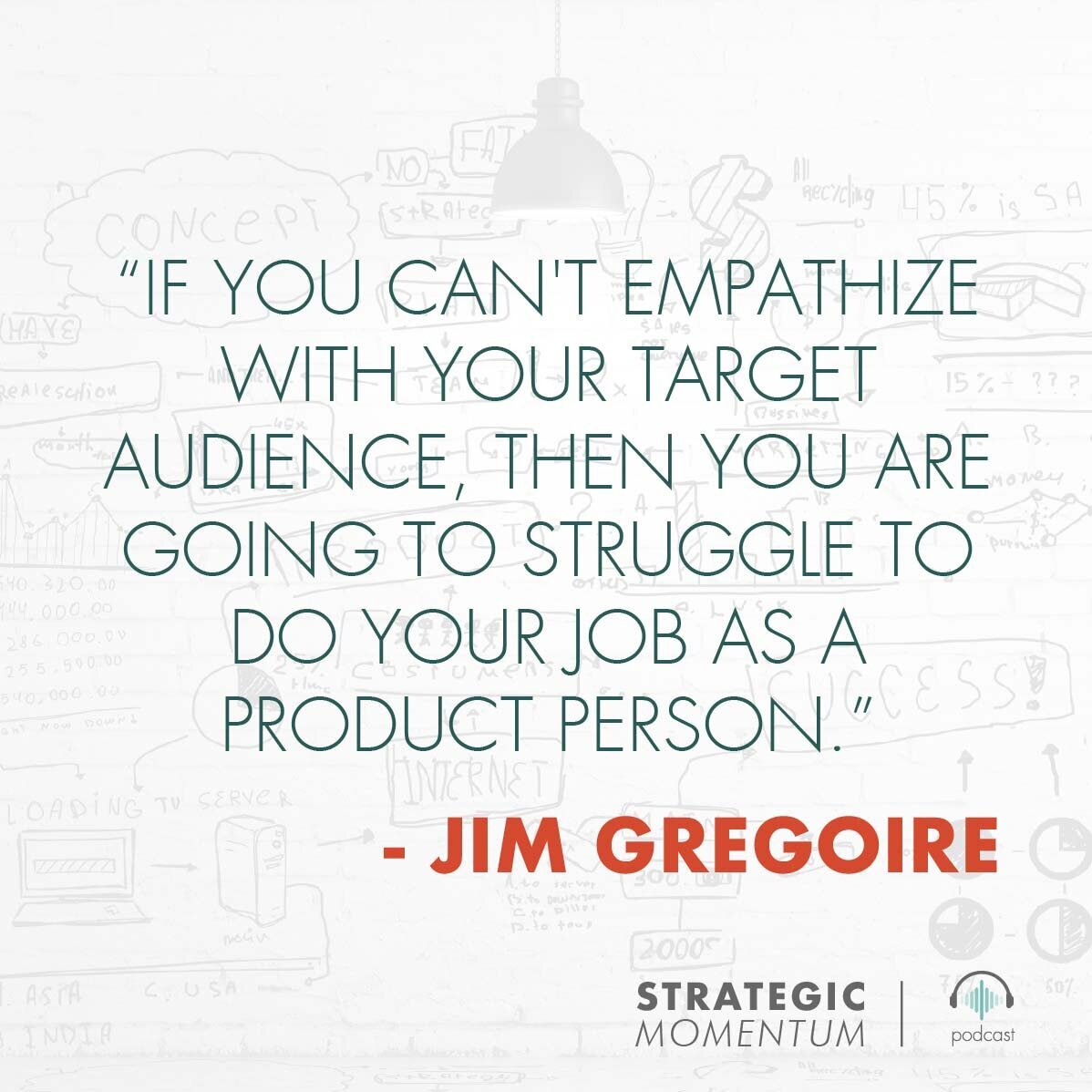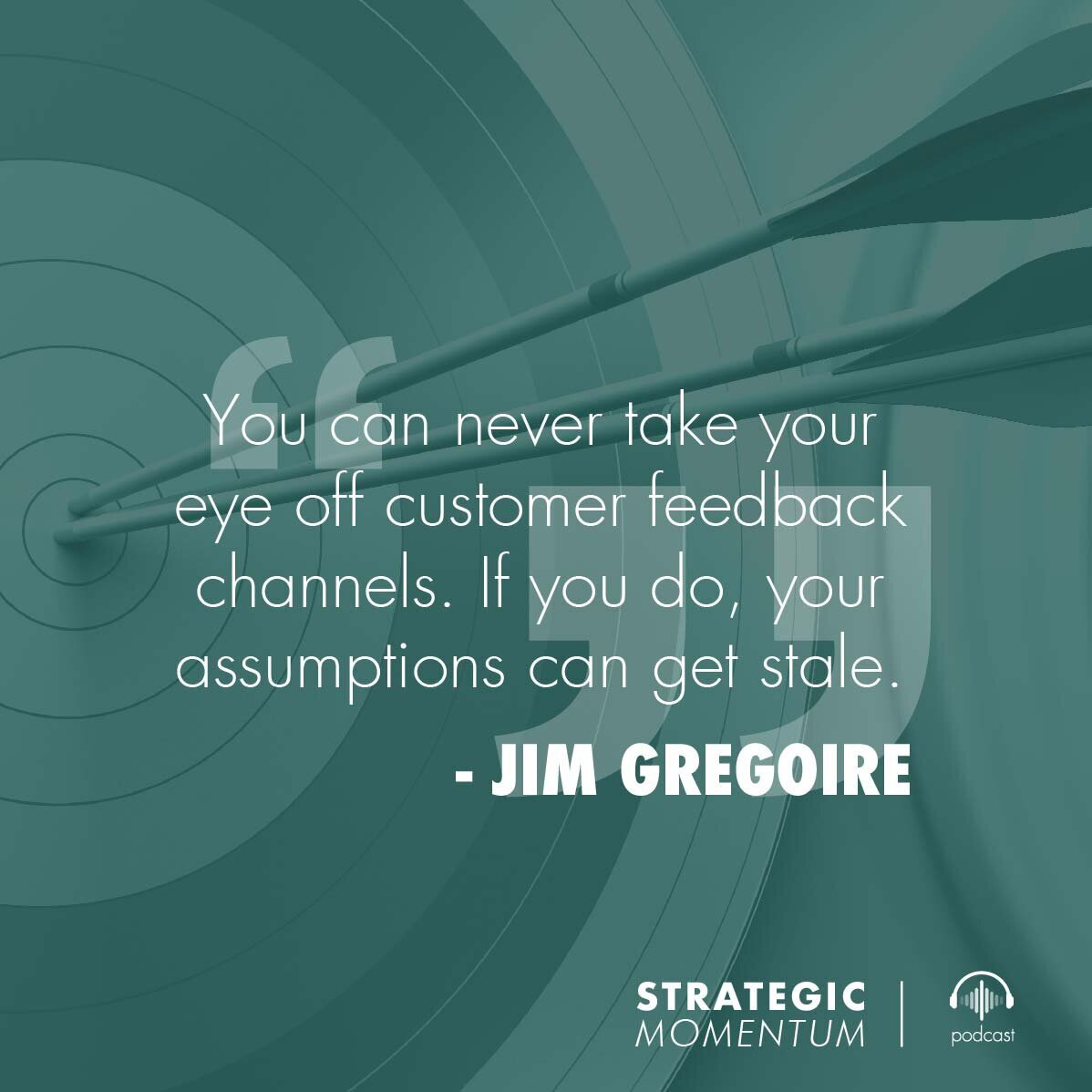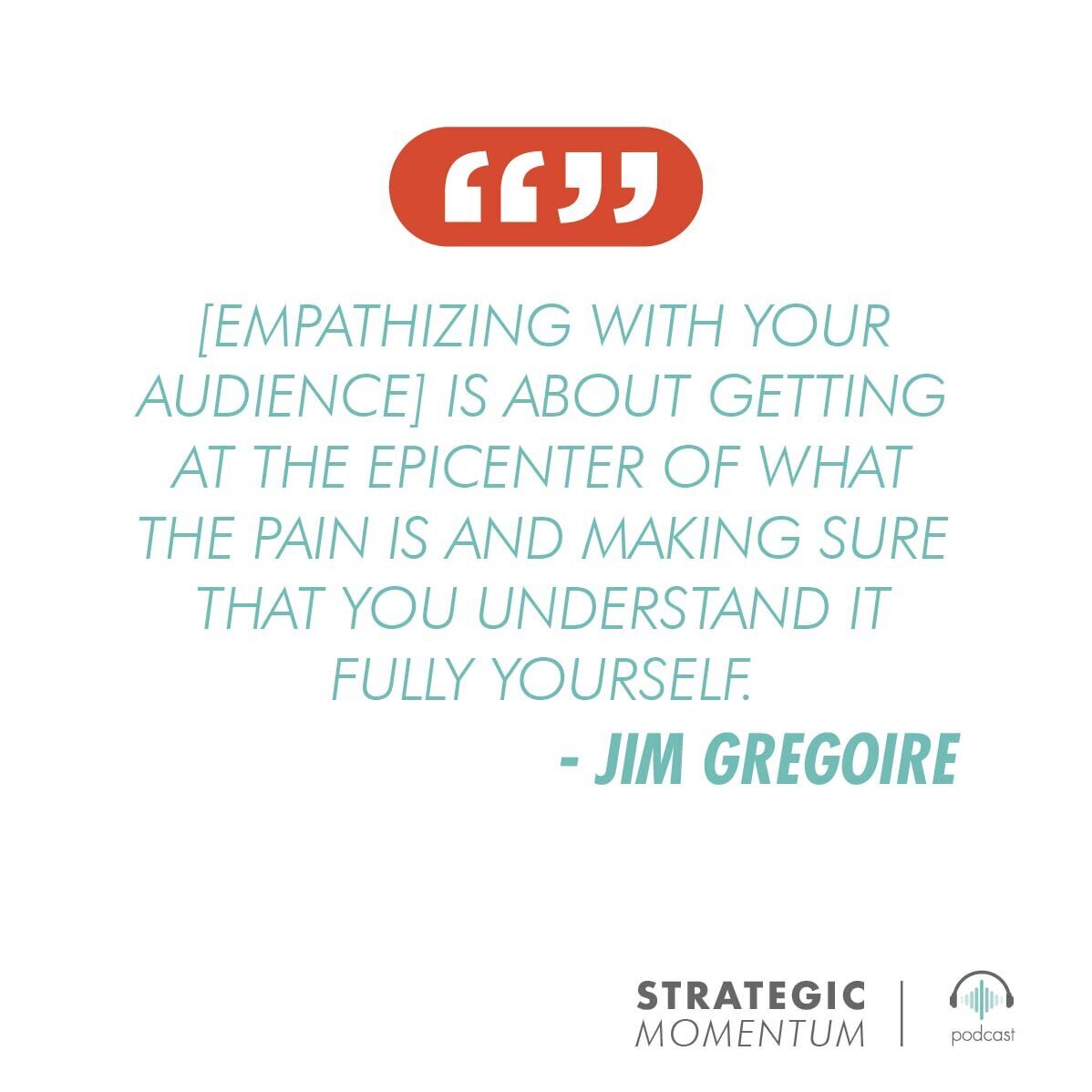Ep. 7 - Empathizing with your customers - The role it plays in product strategy
Find Us Wherever You Listen To Podcasts
Jim is the Chief Product Officer at Openbay,
an award-winning online marketplace for auto repair and provider of SaaS-based offerings for the auto care industry.
While Jim spent a good portion of his career in marketing, he made the transition to product development leadership roles. The pull to build the right product experience for customers was a natural extension to what he had been already doing in marketing - identifying and understanding the who, what when, where, and why of his target audiences.
Whether you are in Marketing or Product, it needs to be about the customer
"Why would somebody use this product, and what is the circumstance under which they're trying to make a decision? How did they become aware that they have a problem that they need to solve, and then when they do that, where do they look for solutions, and how they do they assess whether or not a solution is good for them?”
These questions are critical for any good product leader to understand and subsequently address. It’s foundational to your product strategy. And at the end of the day, you need to ensure you create value for your customer.
It’s important to take the time to get into the head of your target customer. When organizations assume they already know what has to be done, they can ultimately lose sight of why these product experiences are being created in the first place.
But it’s important not to forget that your internal stakeholders are your customers too. The nature of your role as a product leader requires you to know a bit about all the other cross-functional areas in order to ultimately deliver value to them as well.
Key Takeaways:
A product strategy is critical to get the company wide buy-in you need. And this game plan serves as a communications device that helps convince stakeholders to provide the resources you need to deliver against your customer’s needs.
Putting together an effective product strategy means you are addressing the needs and pain your target audience is experiencing. Yet the downfall of many product strategies is that they aren’t customer-centric. Rather they reflect an internal bias – it’s what the stakeholders believe their customers needs and challenges are.
As a product leader, your job first and foremost has to be centered around understanding and empathizing with your customer, your target audience. If you can’t, you will not only struggle with translating their needs into the right product strategy, but you’ll also find it more difficult to justify or convince others that what you have to do is the right thing to do.
Empathizing with your customer means getting to the epicenter of what the pain is and making sure that you fully understand it yourself. It’s about having an appreciation for their view of the world and seeking out experiences that would serve as good reference points for context.
Your job as a product person is to build habitual behavior through the products/services you offer that inherently delivers value for your target audience. It requires having ongoing dialogue while continuously monitoring and measuring how your product is performing against their needs and expectations.
Customer feedback is critical and is something you can never take your eye off of. With the market changing regularly, you run the risk of your assumptions getting stale. To be competitive, you have to be in touch with your audience.
You need to empathize with your internal partners, too, if you want to be an effective product leader. They are also your customers. Essentially, you have to think and act like a partner because you are at the center of a lot of functional areas. Doing so enables you to connect the dots across all functions, which will in turn put you in a better position to assist and lead your stakeholders. “Because if you are in a service role, then you sure as heck should understand your customer and what their needs are.”
Resources:
Connect with Jim on LinkedIn
Learn more about
Subscribe to the Strategic Momentum podcast:
On Stitcher Radio
On Spotify











